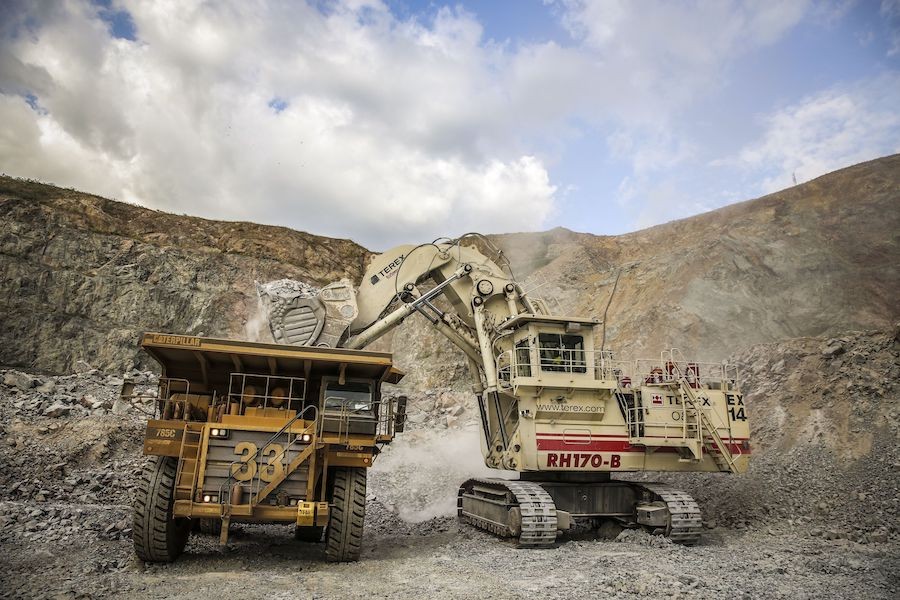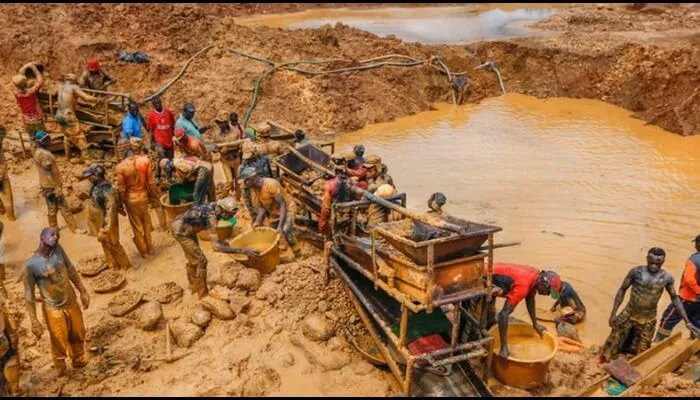The Tanzanian Ministry of Minerals recently hosted a significant meeting involving small-scale miners and industrial mining stakeholders. Mining is increasingly crucial in Tanzania for the development of the country’s economy. While the mining of gold, gemstones (mainly tanzanite), and diamonds dominate the sector, Tanzania is endowed with a variety of other minerals.
The mining sector involves both large-scale mining (LSM) and artisanal and small-scale mining (ASM) operations. The former is highly mechanized with the active participation of multinational enterprises, whilst ASM is undertaken by individuals or groups with limited equipment and often informally without mineral rights.

Small-scale mining plays a vital role in Tanzania’s economy. It provides employment for a significant portion of the population and contributes to the country’s mineral exports. However, small-scale miners often face numerous challenges, including access to finance, technical knowledge, and market information. These challenges were among the critical issues discussed during the meeting.The two-day meeting organised by State Mining Corporation (Stamico).
One of the main issues discussed during the meeting was the need for capacity building for small-scale miners. This includes training in mining best practices, financial management, and environmental conservation. The stakeholders agreed that equipping small-scale miners with these skills would improve their productivity and sustainability.
Another critical issue was the need for better regulation of the sector. Stakeholders highlighted the need for policies that protect the rights of small-scale miners and ensure they get a fair share of the profits from their work. This includes regulations on land rights, taxation, and access to mining sites.
The stakeholders consulted proposed a number of solutions to overcome ASM challenges, including:
- Considering surface rights before granting licenses.
- Increased involvement of village governments.
- Provision of training to enable ASM to access and manage government grants.
- Development of land use plans in all areas with mining activities.
- Increased land allocation for ASM.
- Provision of training in financial management.
- Data sharing among agencies.
- Establishment of a center where all mining-related information can be obtained
- Encouraging women ASM operators to work in groups and clearly identifying and publicizing each stakeholder’s role in the formalization process.
The Tanzanian national dialogue, in which relevant stakeholders debated and crystallized thematic solutions, has now resulted in a draft roadmap for ASM reform in Tanzania. A group of national ASM representatives, known as the Learning and Leadership Group (LLG), has been formed to lead the refinement and implementation of the roadmap Tanzania Women Miners Association (TAWOMA), General Secretary Ms. Salma Ernest said that the meeting was historic.
“We hope this multi-sectoral meeting will address our challenges, such as capital and market, which have not been addressed for a long time. We need to work closely with service providers like TRA (Tanzania Revenue Authority) as well,” she said.
The meeting also discussed the importance of collaboration between small-scale miners and industrial mining companies. Such collaboration could involve sharing resources, knowledge, and technology, significantly benefiting small-scale miners. Meeting Small-scale Miners and Industrial Mining Stakeholders hosted by the Ministry of Minerals in Tanzania was a significant step towards addressing small-scale miners’ challenges.
The discussions held during the meeting highlighted the importance of capacity building, better regulation, and collaboration in promoting sustainable small-scale mining in Tanzania. As the country continues to leverage its mineral wealth, such initiatives will be crucial in ensuring that all stakeholders, including small-scale miners, benefit from the sector.
Read more impactful articles here.


[…] is Africa’s fourth-largest gold producer. The country’s gold production has been steadily increasing over the years. In 2020, Tanzania produced approximately 40.4 […]